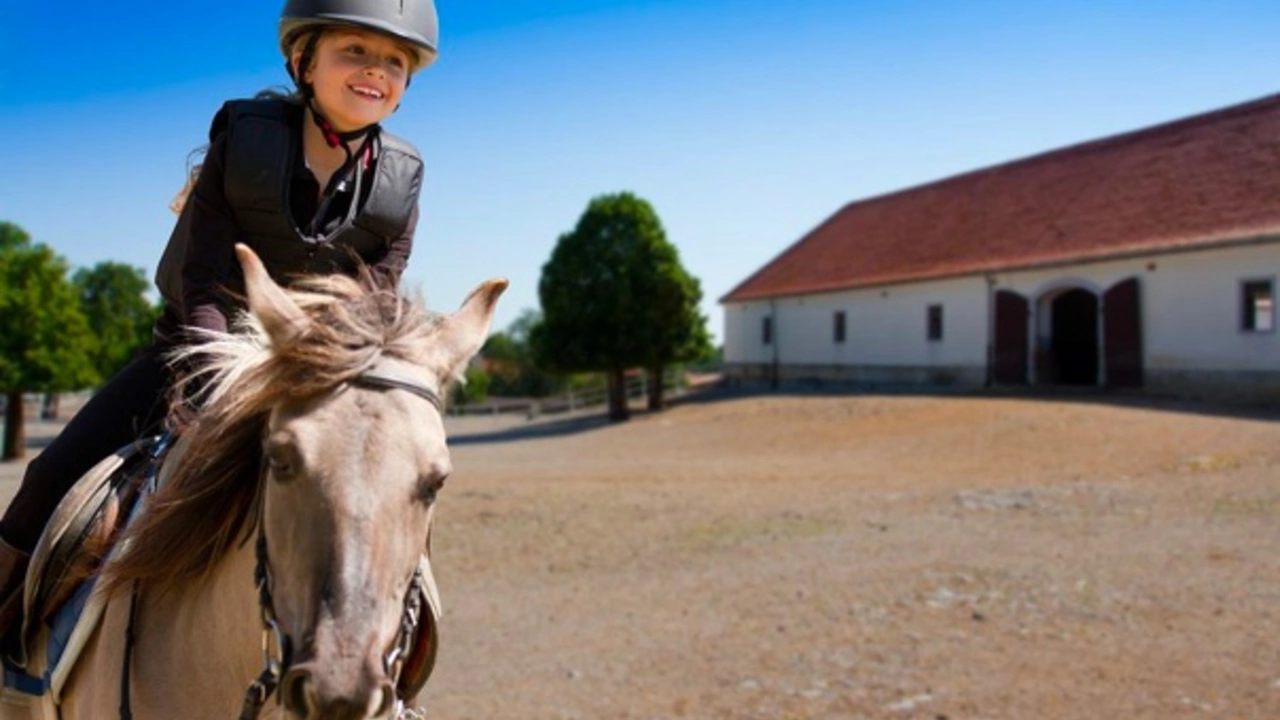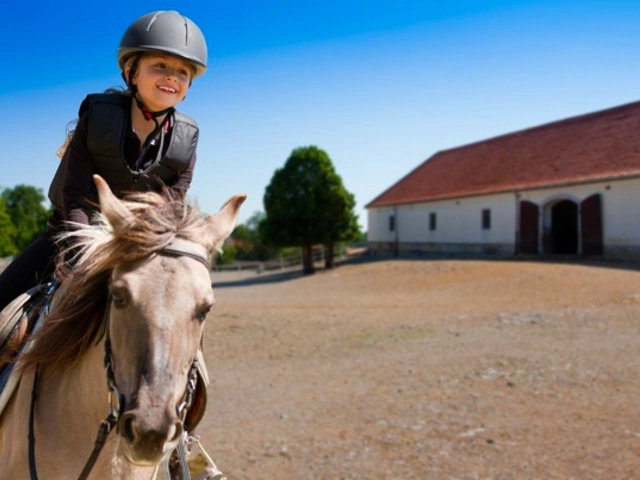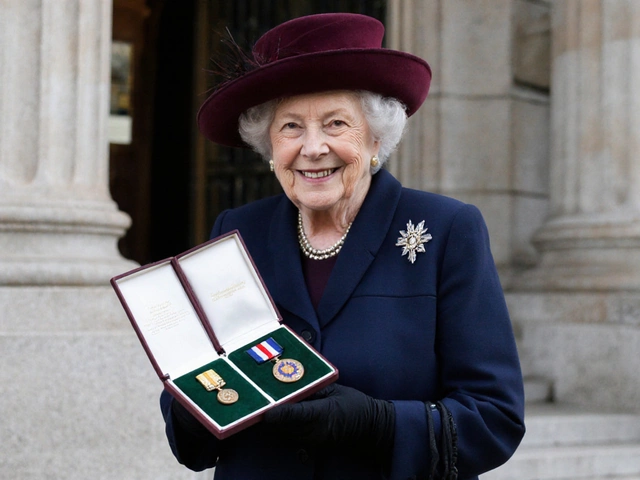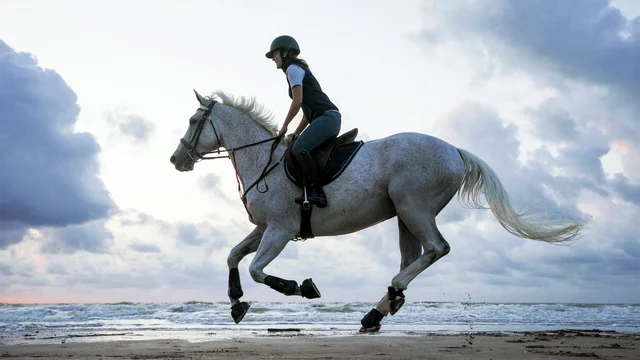Age Limit in Horse Riding – What You Need to Know
Thinking about getting into horse riding? One of the first questions that pops up is "how old do I have to be?" The short answer is that age limits exist for safety, insurance, and skill reasons, and they vary by discipline, stable, and country.
Most riding schools start lessons for children as young as three or four. At that age, the focus is on basic balance, confidence, and learning how to handle a calm pony. Parents usually have to sign a waiver and stay nearby. The key here is that the pony is tiny, the reins are short, and the riding area is small – all designed to keep little riders safe.
Junior Riders – When the Rules Tighten
Once a rider hits five to eight years old, many schools allow them to move onto a slightly bigger horse and learn the first basics of trot and canter. Competition rules, such as those from the British Riding School Association, often set a minimum age of eight for entry‑level shows. The reason is simple: at eight, kids have enough coordination to follow instructions and can handle a bit more speed without risking injury.
For more demanding disciplines like show jumping or eventing, the age minimum jumps to ten or twelve. These sports involve higher jumps, faster paces, and more complex courses, so organizers want riders who can react quickly and understand safety protocols. If a junior wants to compete early, they usually need a qualified trainer’s endorsement and a medical clearance.
Adults and Senior Riders – No Upper Limit, Just Good Sense
Adults of any age can ride, but some stables impose a minimum of 16 for certain activities, especially ones that involve powerful horses or fast work. The rationale is that younger adults are more likely to have the physical stamina required for long sessions and can handle the mental pressure of advanced training.
There isn’t really an upper age limit, but health comes into play. Riders over 60 often get a doctor’s note confirming they have no heart or joint issues that could be aggravated by riding. Some clubs offer “senior” classes that focus on low‑impact exercises, balance work, and gentle trail rides.
Insurance providers also look at age. They may raise premiums for riders under 18 or over 65 because the perceived risk changes. That’s why most stables ask for proof of age and, in some cases, a recent health check before allowing access to higher‑risk activities.
So, what should you do if you’re unsure about the age rules? Contact the stable directly. Ask about their beginner program, any required waivers, and whether they need a parent’s signature. Most places have a clear chart on their website that lists age limits for each class of riding.
Bottom line: age limits are there to protect you. They make sure you’re riding a horse that matches your skill level and physical ability. Whether you’re three, twenty, or seventy, there’s a safe way to enjoy the saddle – just follow the guidelines and ride responsibly.



